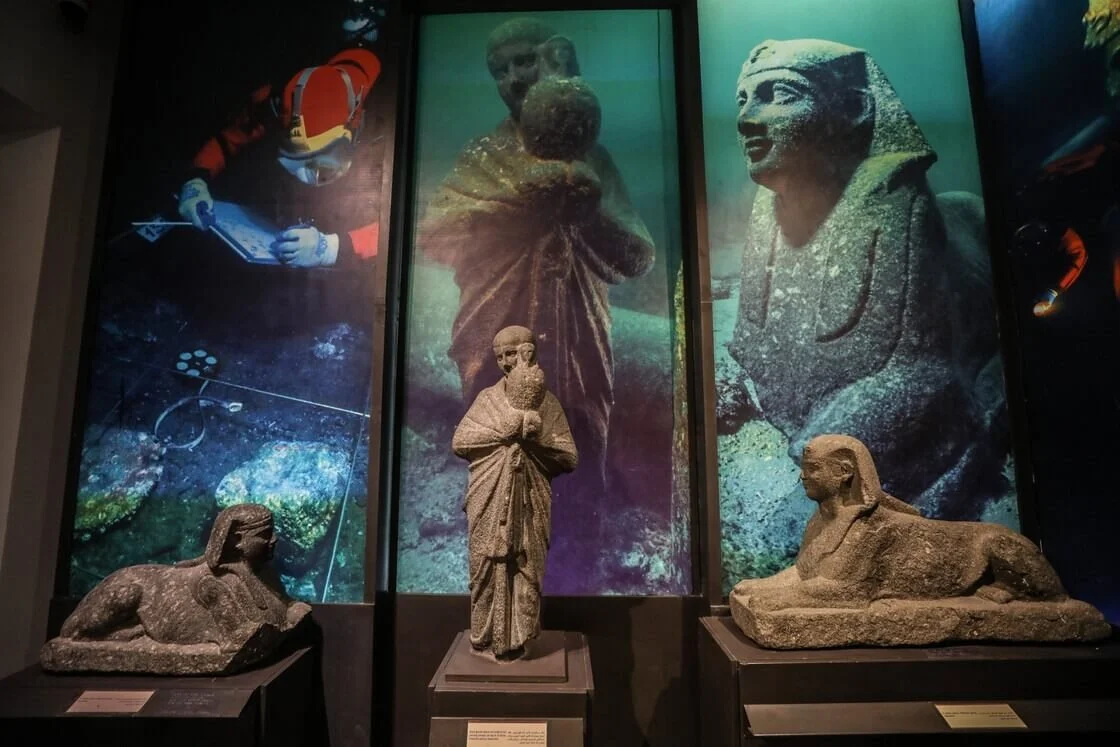The Ingenious Portable Sundial: A Testament to Hellenistic Innovation
In the heart of Macedonia, where history and archaeology intertwine, lies a hidden gem within the Archaeological Museum of Philippi: a portable sundial that takes us on a journey through time. Dating back to the period between 250 and 350 AD, this remarkable artifact offers a glimpse into the ancient world's fascination with measuring time, latitude, and the celestial heavens. Let us embark on a historical voyage to discover the secrets of this ingenious invention and its significance within the context of Hellenistic traditions.
The Portable Sundial's Unique Design
This portable sundial is unlike any other timekeeping device of its era. Comprising three interconnected flattened rings, it bears a striking resemblance to a spherical astrolabe. The beauty of this design lies in its versatility. Each of the three rings can be independently rotated a full 360 degrees, allowing for precise time measurements and astronomical observations.
Archaeological site of Philippi
On the outer curved side of the central ring, the names and latitudes of various cities are meticulously engraved in two half-rings. From Rome (ΡωΜΗC) to Alexandria (ΑΛΕΞΑΝΔΡΕΙΑC) and from Athens (ΑΘΗΝΑΙ) to Rhodes (ΡΟΔΟΥ), these inscriptions serve as geographical markers, facilitating latitude calculations.
Further enhancing its functionality, the sundial features month names engraved on both sides of the ring's thickness. These month inscriptions correspond to each city, with one side displaying January to June and the other July to December. This ingenious design allowed users to account for variations in daylight hours throughout the year, enabling more accurate timekeeping.
The innermost ring, found on the outer curved surface, contains a central optometric hole. This feature played a crucial role in determining the azimuth and altitude of celestial bodies, particularly the sun and stars. The inner domed side of this ring is divided into 12 sections by intricate engravings, enabling users to measure time with remarkable precision.
The Multifaceted Utility
This portable sundial is truly a marvel of ancient engineering. Its multifaceted utility is a testament to the ingenuity of the Hellenistic tradition. Beyond measuring time, this remarkable artifact allowed users to determine approximate latitude, chart the path of the sun or other celestial objects, and make calculations crucial for navigation and astronomy.
The Influence of Hellenistic Tradition
The roots of this portable sundial can be traced back to the Hellenistic tradition, a period marked by remarkable scientific and cultural achievements. However, it's important to note that the Byzantines, who succeeded the Hellenistic era, continued to cultivate these innovations under the influence of both Christianity and the Roman world. This blending of knowledge and ideas from different civilizations contributed to the refinement and development of devices like the portable sundial.
Visiting the Archaeological Museum of Philippi
For those fortunate enough to visit the Archaeological Museum of Philippi, this remarkable artifact is showcased among a wealth of historical treasures. On the first floor, visitors can explore archaeological and historical materials from the prehistoric settlement of Dikili Tash, as well as artifacts from the Hellenistic and Roman periods. The second floor offers a journey through the Christian city's history, from its early Christian prosperity to its eventual decline after the Ottoman conquest in the late 14th century.
The portable sundial from the period 250–350 AD, on display at the Archaeological Museum of Philippi, stands as a testament to the remarkable innovations of the Hellenistic tradition. Its intricate design and multifaceted utility speak volumes about the thirst for knowledge and precision that permeated the ancient world. As we marvel at this ancient timekeeping device, we are reminded of the enduring legacy of human curiosity and ingenuity that transcends the boundaries of time and place.










